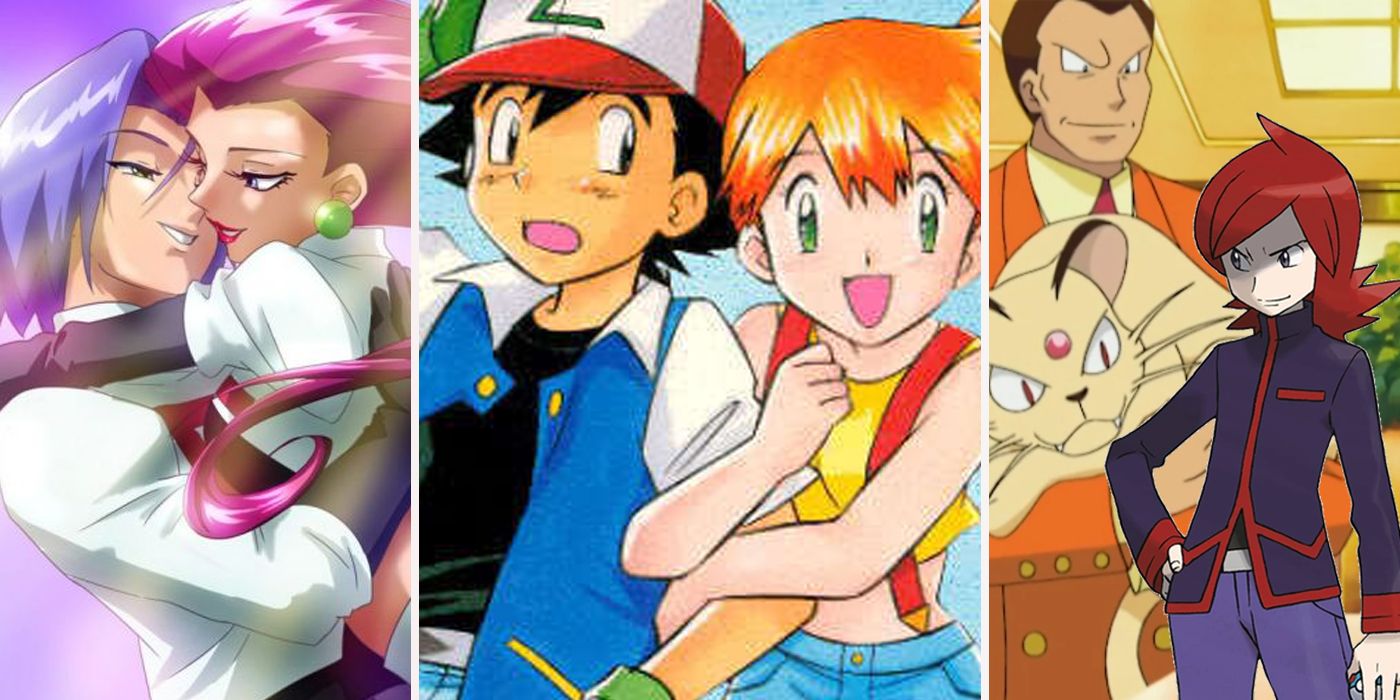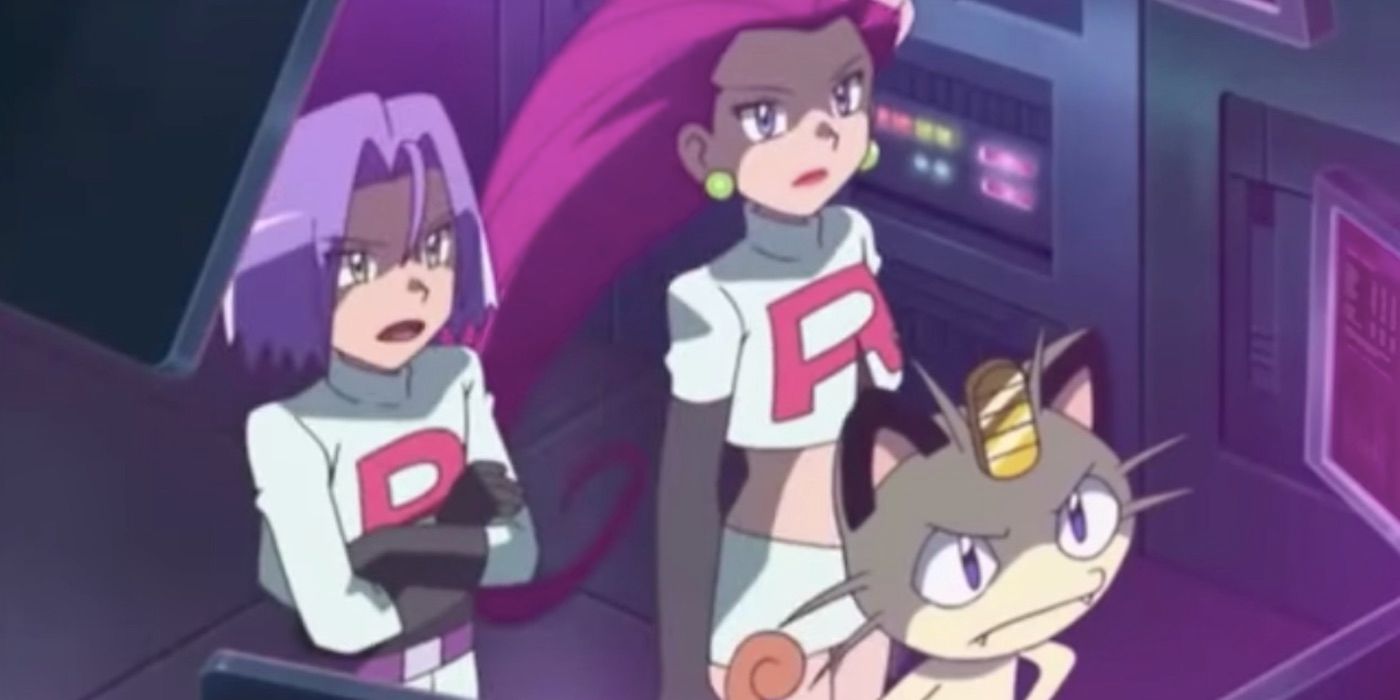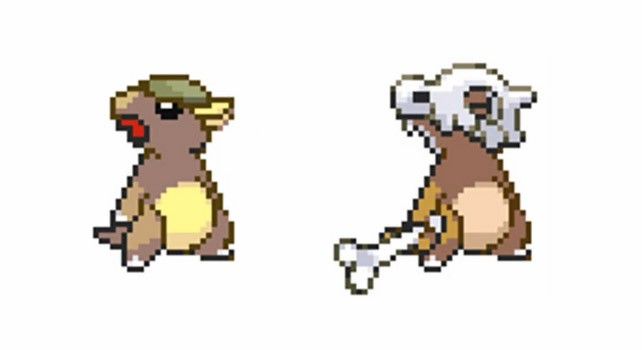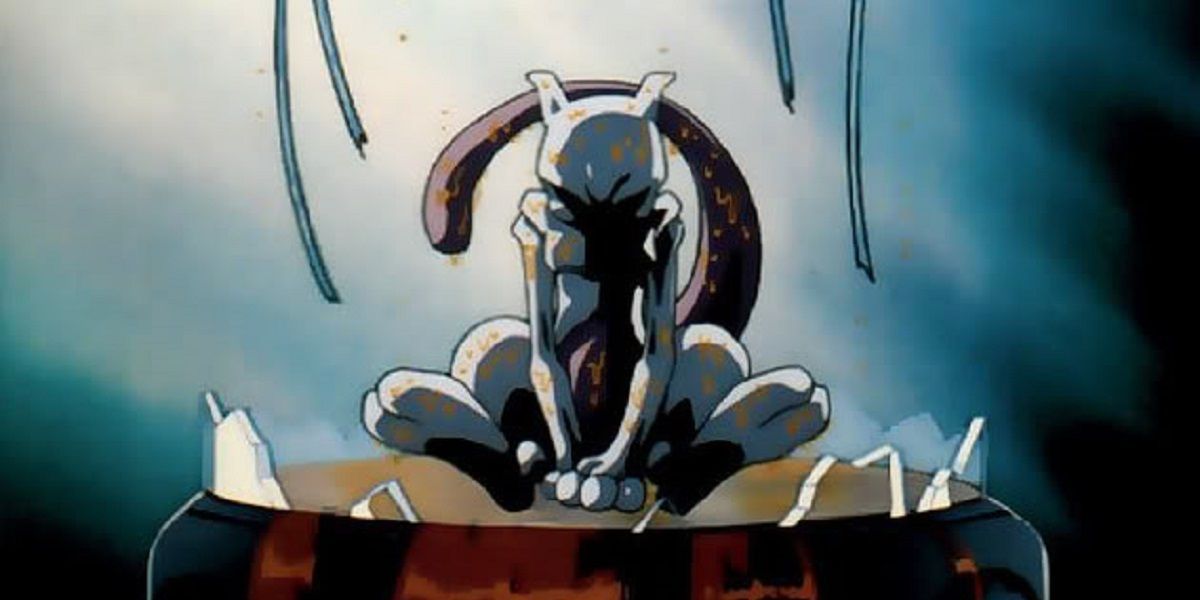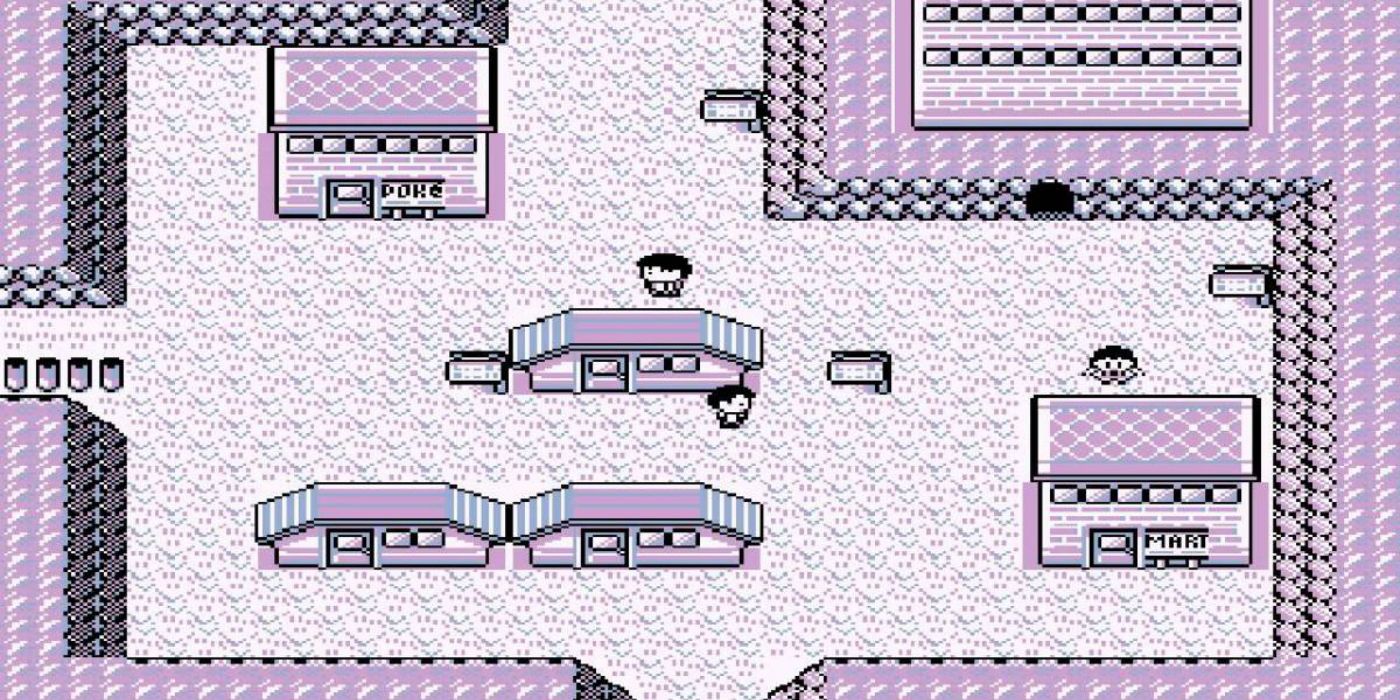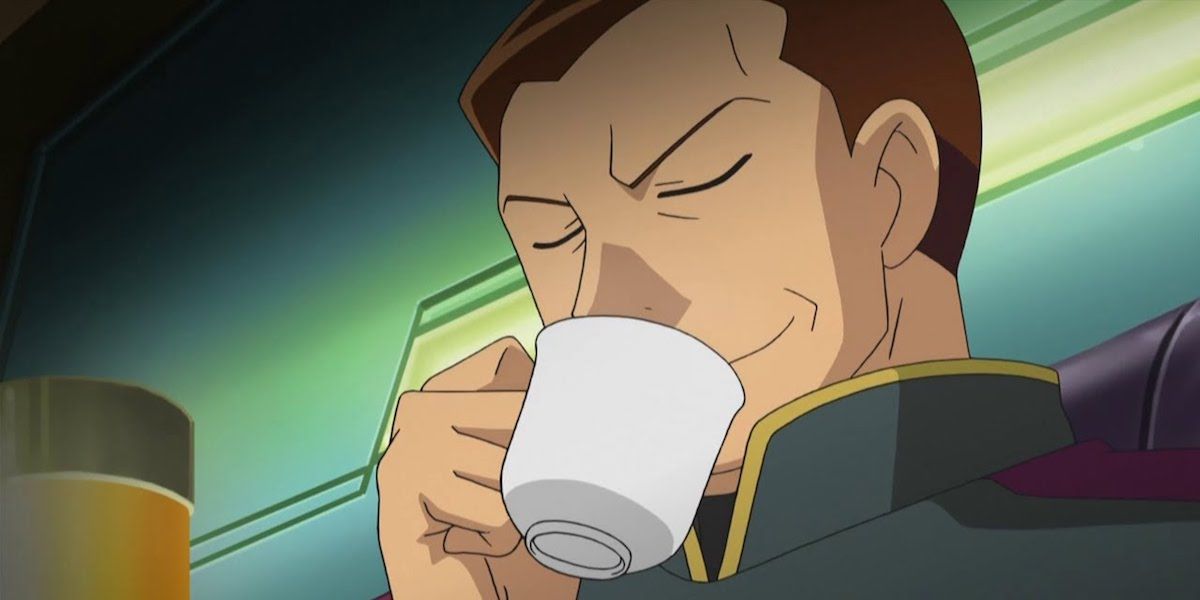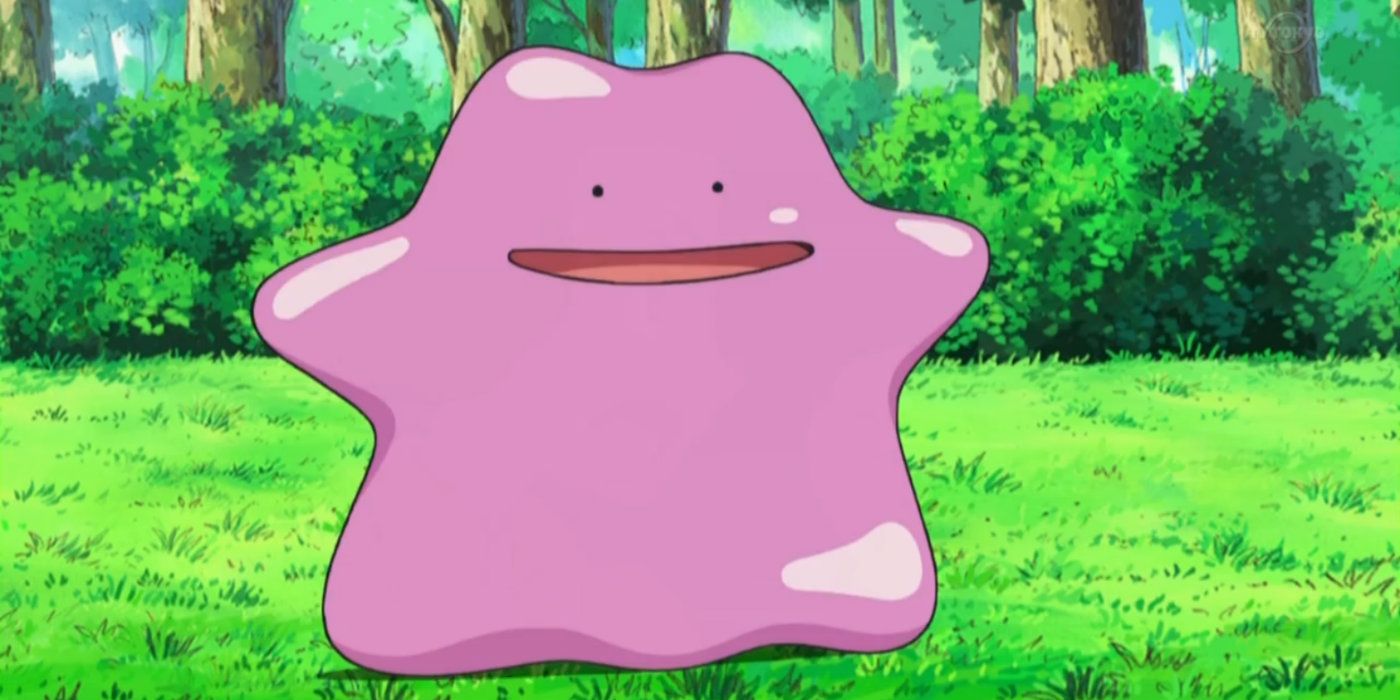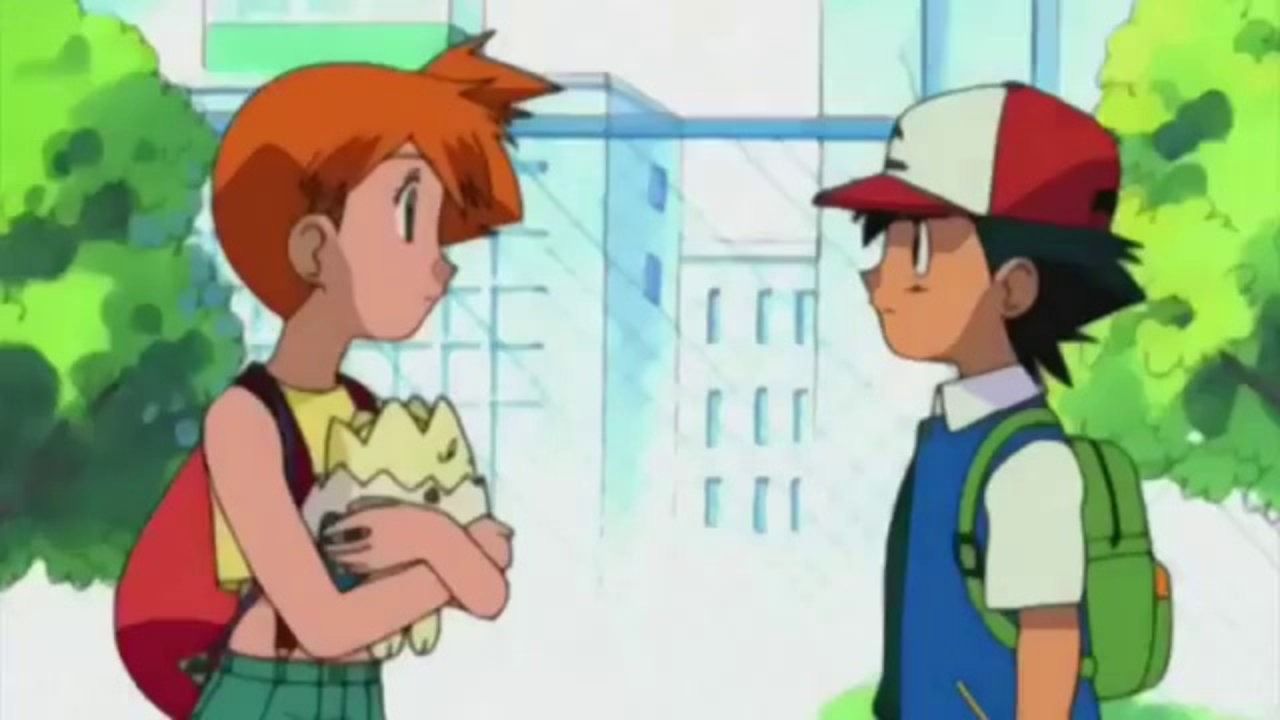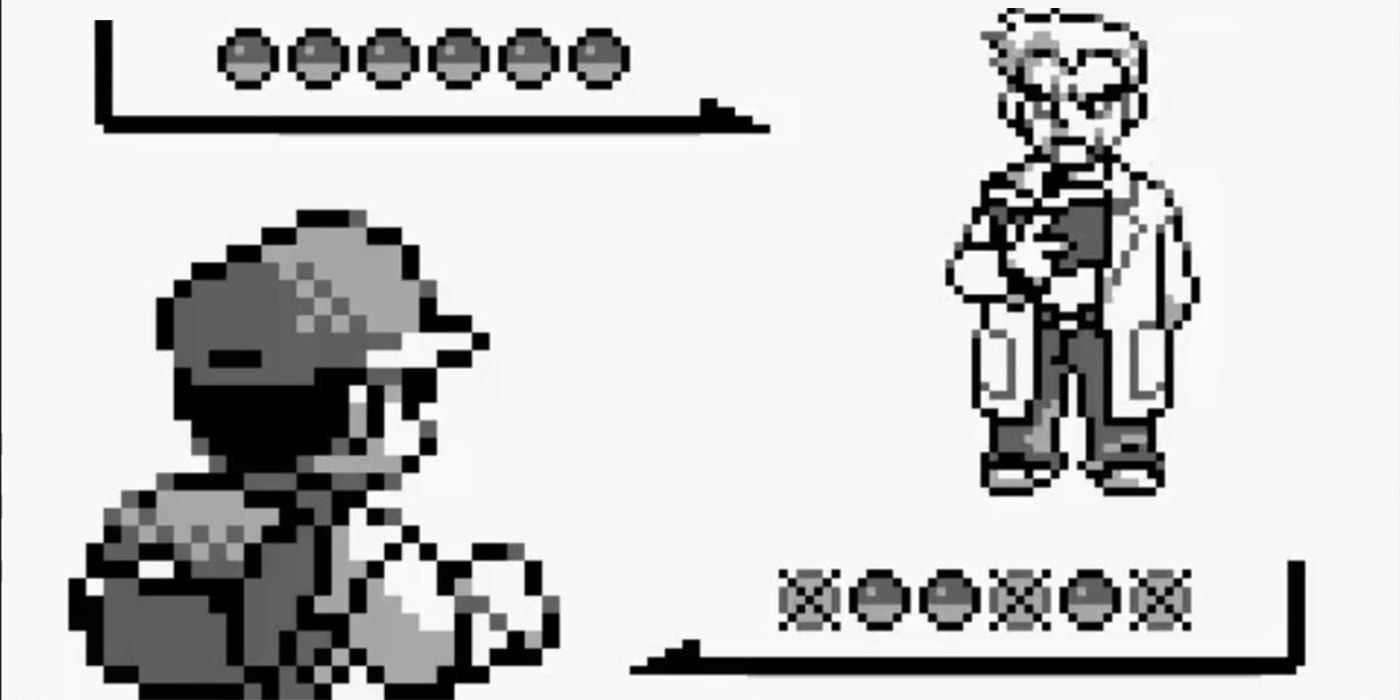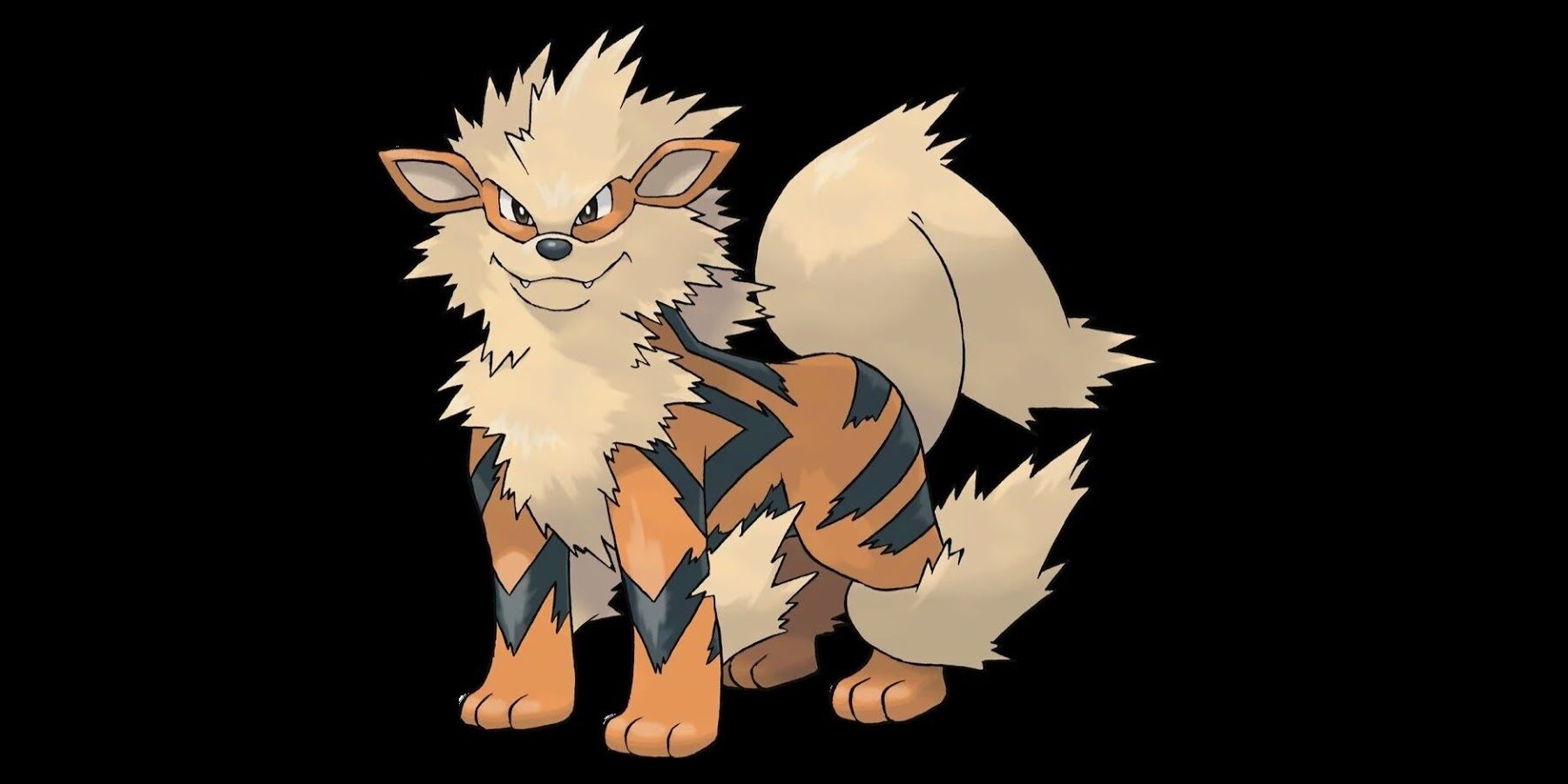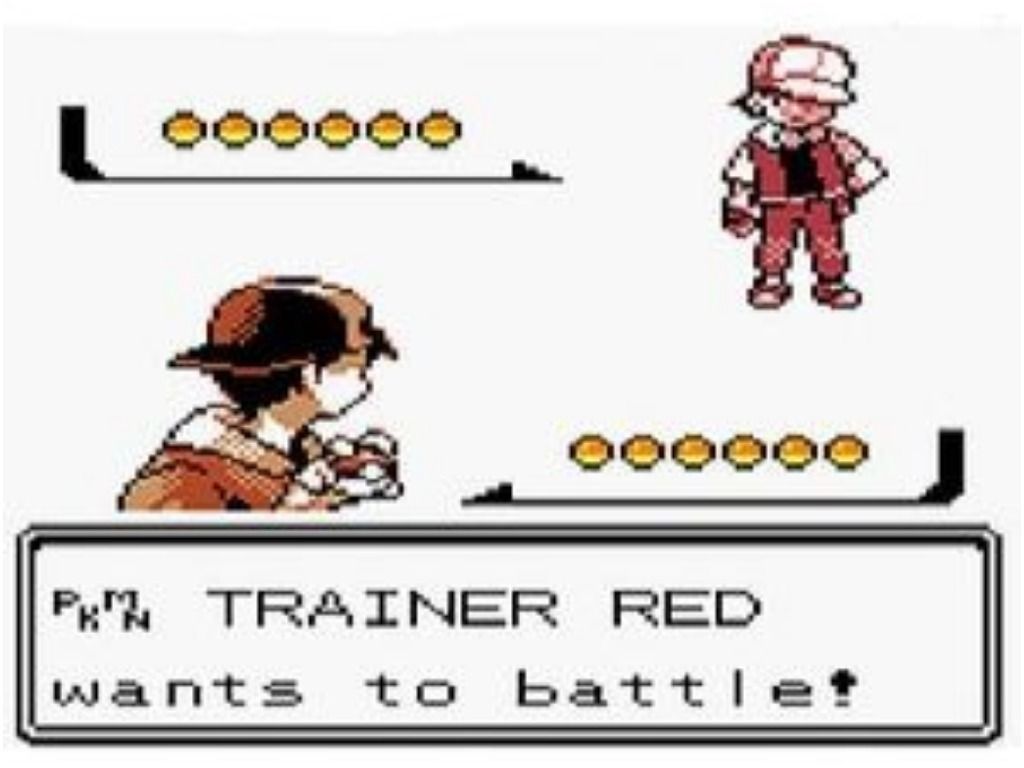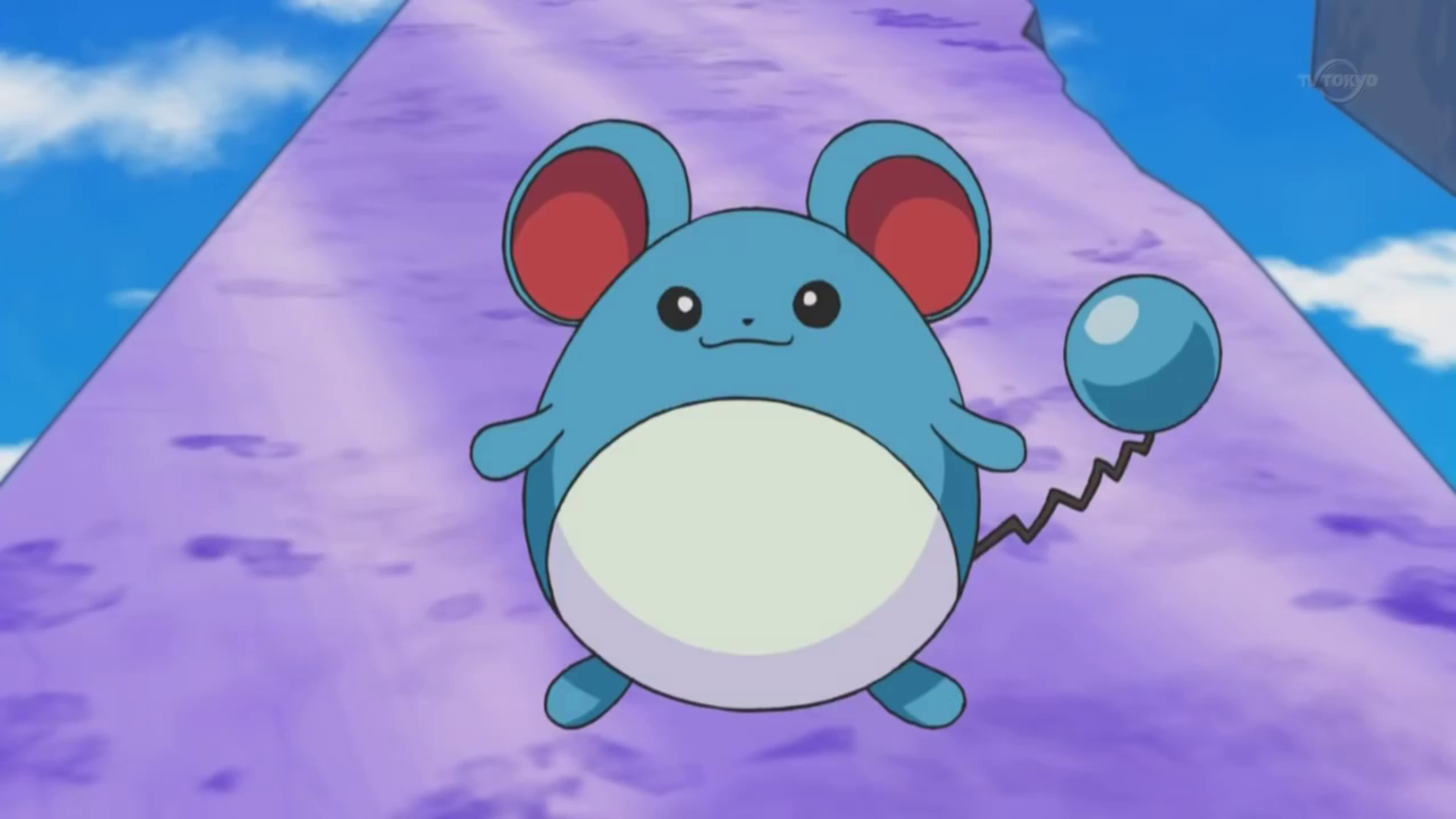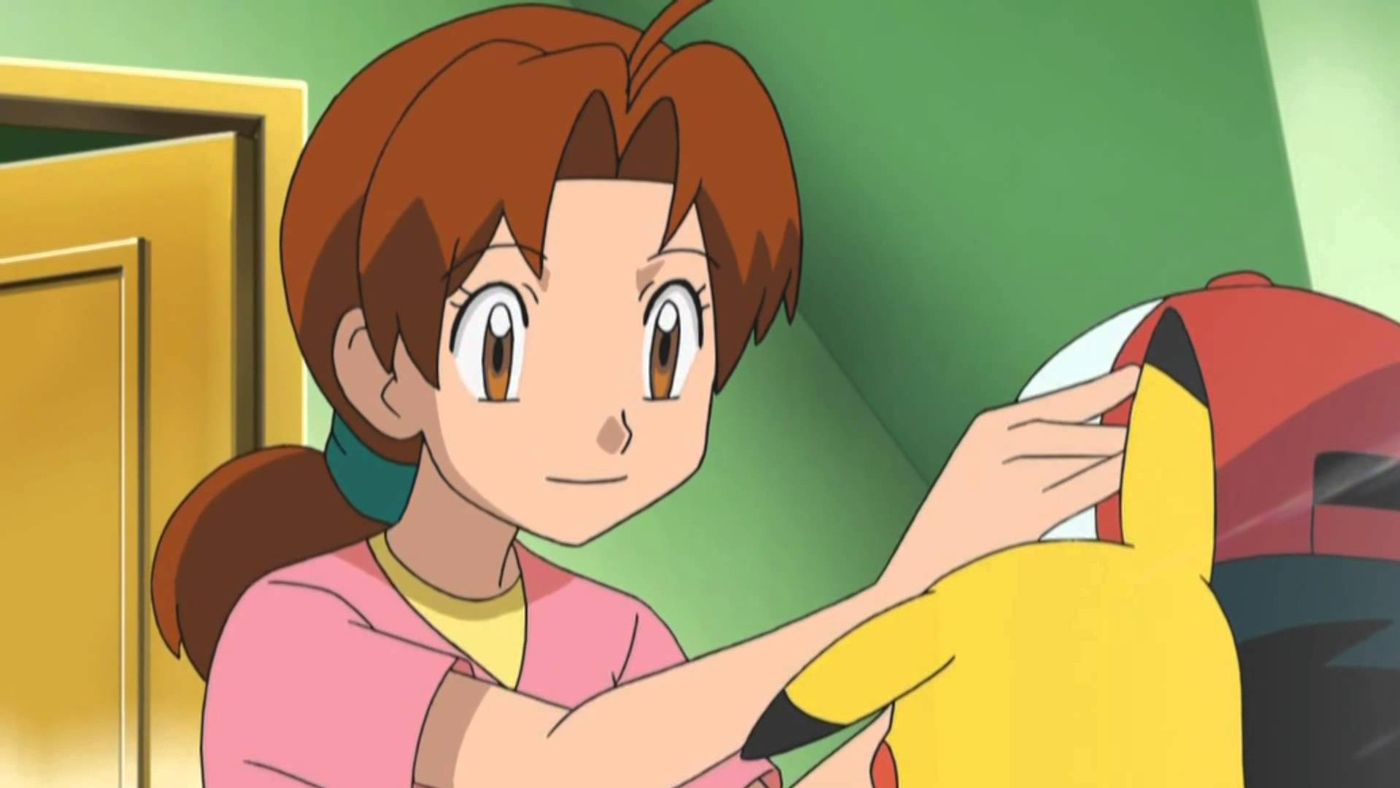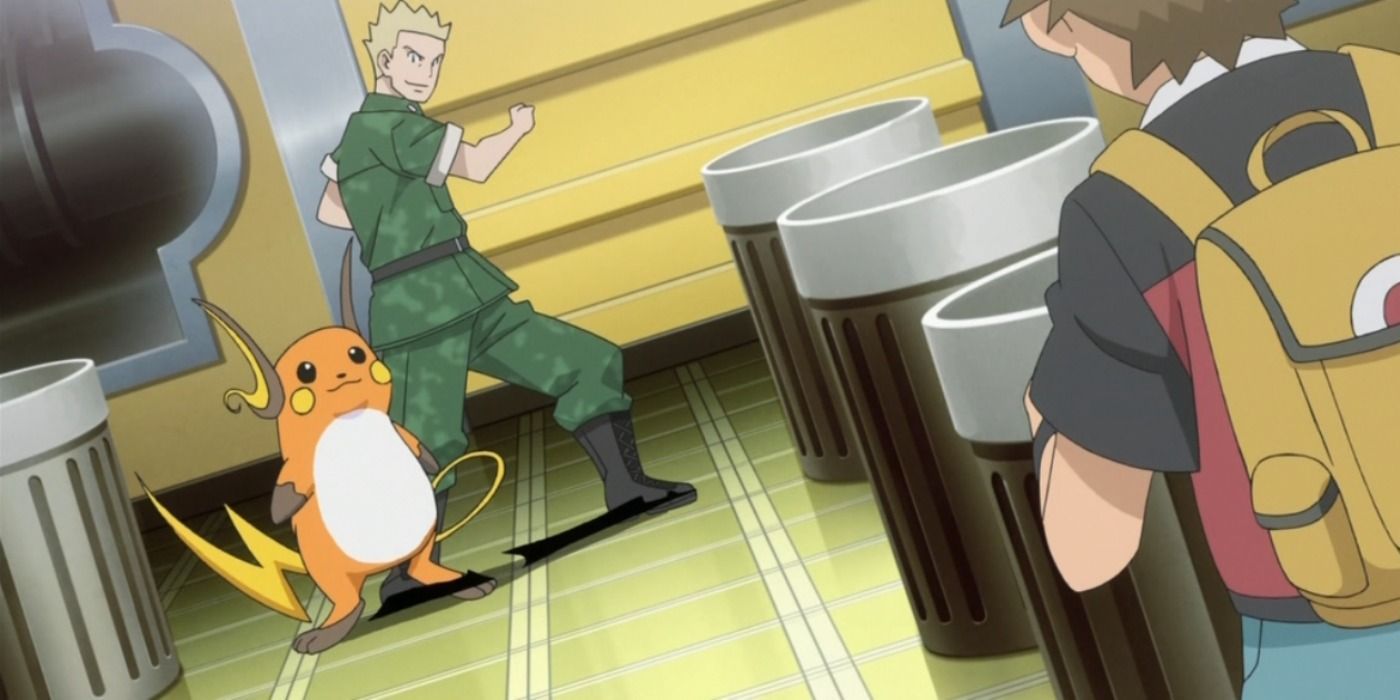The Pokémon franchise is a gargantuan, worldwide phenomenon. Being around for 22 years as of this writing, the staying power of this franchise is astounding, rivaling other juggernauts like Power Rangers and Transformers, but somehow remaining even more cherished.
However, with great popularity comes an immense amount of heresay and rumors. After the debut of the original show and the Game Boy games, playgrounds across the world were flooded with excited, frenzied talk about the games, the show, the countless characters, the titular Pokémon and, most importantly, the many secrets of the Pokémon World.
For years, the rumors born on the playground matured into genuine theories that have captured the imagination of fans all around the globe.
While many did not pan out, there were a few that were eventually confirmed, and we wanted to bring those to light for you.
For our sources, we used nearly each and every piece of official media. This means the shows, comics, movies, games, a soundtrack and even the live musical.
Also, one more thing: a select few entries on this list have yet to be explicitly proven, but there are still heaps of demonstrative evidence to support them from official media, so we’re counting them anyway. After all, there’s no debating an increasingly clear conclusion.
With that in mind, let's catch 'em all with the 15 Crazy Pokémon Fan Theories (That Were Actually Confirmed)!
Jessie And James Are A Couple
The duo that prepares for trouble (and makes it double) has long been a staple of the Pokémon franchise. Jessie and James made their debut in the anime as so-called antagonists that worked for the villainous Team Rocket.
Their formulaically bumbling efforts always resulted in tremendous and embarrassing failure, but it was hard to not appreciate how dedicated to the task of capturing Ash’s Pikachu they were.
Of course, after going through thick and thin together, there have always been fan rumblings as to whether or not the two partners in crime were partners in something far less salacious.
That line of thought actually turned out to be true, and was confirmed in the manga “The Electric Tale of Pikachu.”
Where the anime left their relationship ambiguous, with only a few hints here and there to percolate the minds of theorists everywhere, the manga’s epilogue was far more explicit, having James reveal his feelings to his red-haired companion.
The two are not only shown to be married later on, but it appears that they also have a baby on the way.
We assume that this means the talkative Meowth is out of his free room and board situation to make way for the budding family. Poor thing.
Cubone And Kangaskhan Are Linked
One of the most predominant Pokémon rumors is regarding the relationship between two entirely separate Pokémon: the skull-helmeted Cubone and the baby-toting, named-after-a-warlord Pokémon, Kangaskhan.
At first glance, the two bear little resemblance or obvious clues to any kind of relationship, but years of fan theories dug deep until gold was found.
In short, Cubone has an awfully depressing backstory, with his PokéDex entries claiming that he was lonely after his mother passed away, and that he wears her skull upon his head, constantly mourning her.
Kangaskhan’s entry is far less depressing, but it details that its ever-present baby leaves the pouch when it is three years old.
The baby and Cubone look rather similar, so what if a Kangaskhan less than the age of three lost its mother, and donned her skull on its head? Would it mutate into a cubone?
This seems improbable at first and, although it has never been directly confirmed, the series’ creators and related media continually add more fuel to the fire to the point where the theory is likely an unspoken truth.
For example, Cubone and Kangaskhan have started to consistently appear in the wild in the same locations throughout multiple generations. Cubone can also call for help in certain games, and none other than a Kangaskhan appears.
To top it all off, in the opening credits of the latest Pokémon movie, Cubone and Kangaskhan appear together.
At this point, things seem to be far more than a coincidence.
Mr. Fuji Had A Hand In Mewtwo's Creation
In the original Pokémon games, Mr. Fuji is a kindhearted older gentleman who looks after abandoned (or orphaned) Pokémon in Lavender Town.
He’s best known for his role in the infamous subplot regarding the ghost of Marowak in Pokémon Tower and his distaste for Team Rocket and their abusive ways. Upon solving the haunting and defeating Team Rocket, this kindly man would give the player a Poké Flute.
That all seems simple enough, right? Yet, no matter how cut-and-dry many aspects of the earliest Pokémon games were, there was just something extremely mysterious and alluring about this intriguing world, where it always seemed that there was a greater truth hiding just off the screen somewhere. B
ecause of this, even one-dimensional characters like Mr. Fuji captivated player’s imaginations and made them question his true role.
These questions were only heightened after visiting the Pokémon Mansion, where players got their first hints of the dark subplot involving Mewtwo and the mysterious Mew (both of which fueled their own rumors.)
What really set things off, though, was the Pokémon movie, where the prologue shows off a doctor named Fuji being the one responsible for creating Mewtwo.
This inspired theorists to believe that Mr. Fuji was once been this very doctor. And they were right.
In later games, it’s heavily implied that he was a major player in the creation of Mewtwo, and it was even more heavily implied during the animated Pokémon: Origins.
Consider this case closed.
Lavender Town's Music Is Empirically Creepy... Sort Of
Have you ever heard of a “creepypasta?” Essentially, these are short stories on the internet meant to terrify the reader. The most effective and legendary of these involve childhood memories such as SpongeBob SquarePants or, in this particular case, Pokémon.
Most of the Pokémon creepypastas are fun, but the ones that end up being the most remembered (and feared) seem to involve a specific location in the Generation 1 Pokémon games: Lavender Town.
While the dreary town and its ominous Pokémon graveyard/imposing tower are chilling in their own rights, it’s the eerie music that accompanies the player’s trek that leaves the greatest impact, and its that element that has captivated writers and readers of creepypasta for years.
However, why does this song scare us so much? Is it possible that there really is something evil within this tune? Is it conceivable that somewhere inside one of these stories is a grain of truth?
Well, in a way, yes.
There is something scientifically creepy about a particular Lavender Town theme, and we’re going to explain it as concisely as possible.
In short, one of the most famous creepypastas regarding this town had the infamous theme playing in the background, and the user altered the track to contain “binaural beats,” which can supposedly alter brain waves. In this case, they created dread.
So, while the original song is definitely something that’s spooky, the version that legendarily had people becoming incredibly terrified was altered with weird, brain-changing sounds, which almost makes it scarier.
Giovanni Fathered Silver
The rival character in the original entries of the Pokémon series was named Blue, which was rather fitting considering that the official name of the player character was Red.
Despite being such a low-tech game, Blue’s personality was deftly conveyed through the minimal writing. His obnoxious attitude and “smell ya later” catchphrase legitimately painted an interesting and effective character.
Of course, in the anime, we know this chap as Gary, and he retained that same streak of being a guy you love to hate.
That brings us to Silver, the rival in Pokémon Gold and Silver.
His mysterious presence has captivated theorists since the game’s release, since there isn’t really anything concrete that we learn about him. He seems to show no hesitation in commiting criminal acts, hates “weakness” (and Team Rocket), and doesn’t treat his Pokémon right.
Just who exactly is this guy, and where did he come from? Easy: he’s Giovanni’s son.
In FireRed and LeafGreen, we start to learn a little bit more about the character, which fed the theories surrounding him. A scientist spots Red and, for a moment, thinks that he’s “Giovanni’s son,” but realizes his mistake because Giovanni’s son has red hair, not unlike Silver.
In HeartGold and SoulSilver, proof of his parentage is all but confirmed, with Celebi showing the player Giovanni disowning Silver after his defeat.
Lastly, the manga Pokémon Adventures, starring Silver, eschews all hinting and totally confirms the relationship between the two.
The Mew/Ditto Connection
This long-standing theory postulates that Ditto are all failed clones of Mew, and the evidence is rather staggering.
In Pokémon Yellow, Ditto was specifically found in the Unknown Dungeon and the Pokémon Mansion, two places that are intrinsically linked to Mew and Mewtwo.
Speaking of Mewtwo, it’s stated to be the only successful clone of the original, implying that there were numerous failed attempts.
Then there are the comparable abilities of the two creatures: both Mew and Ditto share the same base stats, and are the only Pokémon capable of using Transform.
Going even further into that, Mew’s DNA is stated to contain the information of all Pokémon. Coincidentally, Ditto is able to mate with every single Pokémon successfully, which further solidifies the evidence.
The only rut in this theory that suggests it might be false is that, in an interview with Game Informer, two Pokémon employees claimed they had never heard of this theory.
That might sound like “case closed” to some, but these two particular employees were not on staff during the development of the original games, which would mean they weren’t there for any discussions on the subject.
Considering the evidence and how specifically these two beings correlate, it’s hard to say that things were not intentional.
Misty Loves Ash
One question that was burned in the hearts of those who were still too young to think members of the opposite gender were anything but gross, but were still obsessed with Pokémon during its initial run was: did Misty have feelings for Ash?
We’re here to confirm that not only does Misty have feelings for Ash, she is utterly in love with the dolt.
Our source? None other than the greatest album ever released: “Pokémon: 2. B.A. Master.”
This epic album, which was way catchier than it should have been, contained a wide variety of tracks, but our attention is drawn specifically to track 11, “Misty’s Song.”
The song tells a story, with our trio of heroes going to sleep after a long day of adventuring. Ash cheerfully says good night to Brock and Pikachu, but grunts the same sentence to Misty, who quietly whispers back “sweet dreams.”
Then this dreamy ballad begins, with lyrics that describe the youthful yearning of how Misty just wants to come out and reveal her feelings, but is afraid to say them.
Then, at the very end, you turn the volume up and hear Misty whisper “I love you” to the sleeping Ash, who stirs, and asks what she said. Misty then painfully denies saying anything.
After hearing this song, eight year-olds everywhere (including us) could safely confirm Misty’s feelings as we cried ourselves to sleep while trying to process the complex emotions at play.
Professor Oak Was Meant To Be Your Ultimate Challenge
After years of travelling across the land and searching far and wide, players were able to collect an enormous amount of these critters, but not all. For that, they needed to trade with those who possessed another version.
That they did, until they had a full PokéDex of all 150 pocket monster (or 151, if they had been lucky enough to get a Mew at an event.)
After battling the Gym Leaders, crushing the Elite Four, and finally defeating your rival once and for all, you declare yourself the Champion and proudly show off your complete collection of Pokémon. Do you know what you receive for that task? A diploma.
That’s awfully boring, but it wasn’t always supposed to be this way. For years, players wondered if there was more to be done; one final challenge for the most elite among them. And there was.
Deep in the game’s data, it seems that Professor Oak has a full team of Pokémon at his disposal, and they are the most powerful of any trainer in the entire experience.
Professor Oak likely would have served as a true final challenge for the most powerful of Pokémon Masters and, although the battle with Oak can’t be triggered normally, it can be activated through cheating, so perhaps its time to bust out your team of six and prove what it means to be a Pokémon Master.
Arcanine Was, At Some Point, Legendary
Arcanine is a favorite amongst the original 151 Pokémon. Seriously, there are only a handful of things cooler than a giant dog with a lion-like mane, tiger-esque stripes, and a command of fire that you can ride on like a horse.
Sounds pretty legendary, doesn’t it? Even the game itself agrees.
This fiery dog is straight up called a “Legendary” Pokémon in the original PokéDex. However, why is that the case?
The only truly legendary Pokémon at this point (not counting Mew or Mewtwo) were the Legendary Birds, Articuno, Zapdos and Moltres. Yet, in plain text, the game refers to the canine as legendary.
The anime only added fuel to the fire for speculative fans. The opening to the show prominently features Ash running alongside an enormous Arcanine and, as the camera follows an accompanying Rapidash into the sky, what do we see? Zapdos and Moltres.
There’s also an episode which shows a stone slab containing engravings of Legendary Pokémon. Aside from the three birds, who do you think is on that slab? Arcanine.
Animation take a long time to create, so production for the series likely started while the game was still being developed.
The above evidence heavily suggests that Arcanine was, at some point, legendary, but that status was cut by the developers for unknown reasons, and the anime was too deep into production to alter the early episodes to reflect the change.
Ritchie Is Red
In the West, our first exposure to Pokémon was through the anime. When the games hit, we thought the main character was supposed to be Ash, just like the show.
We were surprised, though, that many aspects of the show differed in the game. For example, Brock and Misty never joined us on our quest and Pikachu wasn’t an option for our starter Pokémon.
This is all for a very good reason, though, and that reason is a character named Ritchie who becomes friends with Ash.
Near the conclusion of the Pokémon League saga, the two would face off in a high-stakes battle, and Ash would fail to move on.
How could Ash fail? How could the character we controlled in the game lose to this chump!? The answer is simple: Ash isn’t the main character of the game, Ritchie is.
While never outright stated, Ritchie’s outfit is nearly identical to that of Red, the game’s character. Defeating Ash and moving up in the League is proof that Ritchie was the one the “player” was controlling all along.
Despite failing to achieve total victory in the League, the similarities are clearly intentional and it shows we poor fools in the West why Brock and Misty never joined up with us: we weren’t Ash.
Of course, there is also the inconsistency with Gary/Blue being Ash’s rival and not Ritchie’s, but it’s clear enough that Ritchie was meant to at least represent Red, if not entirely embody him.
People Eat Pokémon
Ever since the debut of the franchise, people have asked if normal animals exist in the world of Pokémon.
If we consider multiple sources, such as the games (and their PokéDexes) or the anime, we see a few, rare instances of typical animals being mentioned (or even seen) but it seems to be the exception and not the rule.
So, what do people eat in the world of Pokémon? Pokémon seem to eat little cocoa-puff, nugget things, or even other Pokémon. People, on the other hand, seem to eat typical people food.
There are fruit, nuts, and berries, but if regular animals are so rare, then what’s the meat that the humans are seen eating?
Well, that meat would be Pokémon.
The gang famously wanted to chow down on a Magikarp during the St. Anne incident, but that was out of desperation, right? Wrong. One needs only to play a few hours of Pokémon Gold or Silver to see the proof.
Team Rocket are hunting Slowpoke in order to gather their tails like real-life poachers hunt elephants for their tusks. Unlike tusks, however, Slowpoke tails are edible and apparently a delicacy. Other games in the series also have PokéDex entries that reference what Pokémon taste like.
Additionally, the anime mentions that Farfetch’d were prized for their meat, and were nearly hunted to extinction.
So, as disturbing as it might be to picture a skewered Swinub, it seems pretty clear that Pokémon are a major food source for people.
Pikablu Actually Existed
Back in the late eighties and early-to-mid nineties, there was no more potent a source of disinformation for children than rampant playground rumors regarding their favorite video games.
While NES classics such as the original Legend of Zelda thrived on having their secrets exchanged with friends, there was also an enormous amount of absolutely false rumors.
Did you know that you could turn your Arwing lasers in Star Fox 64? Or that you can get the Triforce in Ocarina of Time? What about the fact that Goku can be unlocked in Super Smash Bros.!?
While the above were some example of nonsensical playground talk, the massive hit of Pokémon brought forth the most intriguing-but-wrong rumors, such as pushing an off-screen truck near the SS Anne with strength to capture Mew. While that is likely the most well-known rumor, it was the legend of the PokeGods that truly captured the imagination.
Charcoal. Pikablu. Doomsay. Their names are legendary, and there were even more in this supposed pantheon. To supposedly acquire these impossibly powerful deities, players had to perform absurd tasks like speak to Oak 100 times to gain entry to Bill’s Secret Garden.
In reality, the solution to obtaining one of these “PokeGods” was far easier: simply wait a few years, buy Pokémon Gold or Silver, and catch Pikablu… or Marill, rather.
Yes, the entire Pikablu furor was based on a grainy picture of Marill’s concept art on the budding internet.
It’s strange to admit, but one PokeGod existed after all.
Ash's Parentage
Delia Ketchum has always been one of the more mysterious figures in the Pokémon anime, and even the franchise at large.
That might sound pretty weird, but considering that she’s the mother of the series’ main character, and an important aspect of his life, we really don’t know that much about her.
Come to think of it, we don’t know much about Ash, either, which is likely why he’s been the subject of all kinds of theories. For example, one states that the entire series is a dream borne from a coma, hence why Ash never seems to age.
However, out of all the theories, dark or otherwise, one question rises to the summit: who is Ash’s father?
According to official materials, Delia says that Ash’s father married her and then quickly departed in order to be a Pokémon trainer, which seems fishy.
That’s where Pokémon Live! comes in. This was a stage show from the height of Pokemania. Featuring elaborate puppetry, catchy music, and legitimately well-done performances, Live! is a fantastic (and trippy) treat for Pokéfans.
Shockingly, it also had major revelations regarding Ash’s parentage and aspects of Delia’s life.
In a wild twist, it’s revealed that Giovanni was once romantically involved with Delia. Not only that, but Delia was apparently part of his budding criminal organization.
She claims that she left Giovanni after meeting Ash’s father, but that also seems fishy.
If anything, it seems that Delia is covering up the truth for Ash, Oak, and even herself.
Pokémon Takes Place In The Real World
The currently known Pokémon regions in the games are Kanto, Sevii Islands, Johto, Hoenn, Sinnoh, Unova, Kalos and Alola.
While they are all unique in many ways, including the kind of Pokémon that inhabit them, they’re all part of a cohesive and unique world. A few of them are based on real life locations, such as Paris, and others seem to be shaped like certain parts of Japan.
While there is real life inspiration to these regions, surely the world of Pokémon is an entirely fictional realm… right? Wrong. The regions of Pokémon are part of our world, no matter how nonsensical that sounds.
Throughout the series, PokéDex entries mention real world places, and certain characters even travel to them.
Lt. Surge and the “war” he fought in is the basis of a “Pokémon World War” theory, but people seem to overlook the fact that he’s referred to as “the Lightning American”-- American, as in the United States.
However, there’s more: Arcanine’s PokéDex entries explicitly refer to China. Also, where was Mew’s DNA found? South America.
People have been talking about and visiting real world locations since Generation 1, and it seems that this fact has been glossed over multiple times.
Without a doubt, consider the “theory” of Pokémon taking place on our earth a fact.
MissingNo. Was A Real Pokémon
The Pokémon franchise has been filled with theories that range from outlandish to reasonable. With this list, we hoped to show off certain theories that were legitimately confirmed in one way or another, whether it be through demonstrative evidence or direct acknowledgment.
However, why was Pokémon plagued with so many rumors in the first place? Its immense popularity was a contributing factor, but it was one specific aspect that opened the floodgates: MissingNo.
This eerie mess of corrupted data on the coast of Cinnabar Island in Pokémon Red and Blue was almost impossible to process for the young minds playing the games for the first time.
What was this mysterious creature? Why does it look like this? Why do I now have infinite Master Balls? What happens if I catch it? Is MissingNo. a legitimate Pokémon?
Years later, the answers were revealed: MissingNo., in all of its forms, seem to be the leftover data of Generation 2 Pokémon.
Not only do a few of these glitch-beasts have unique cries, but if they are caught and traded with Generation 2, the corrupt forms become Pokémon from that generation. In fact, almost all of the 39 MissingNo. forms directly correlate to a specific Gen 2 creature.
While that seems to be the proof enough, a somewhat sketchy interview with Shigeki Morimoto claims that there were meant to be 190 Pokémon in the first generation, but 39 were cut and “saved for later.” Hence MissingNo. in all its mysterious forms.
---
Can you think of any other Pokémon fan theories that were confirmed? Sound off in the comments!

